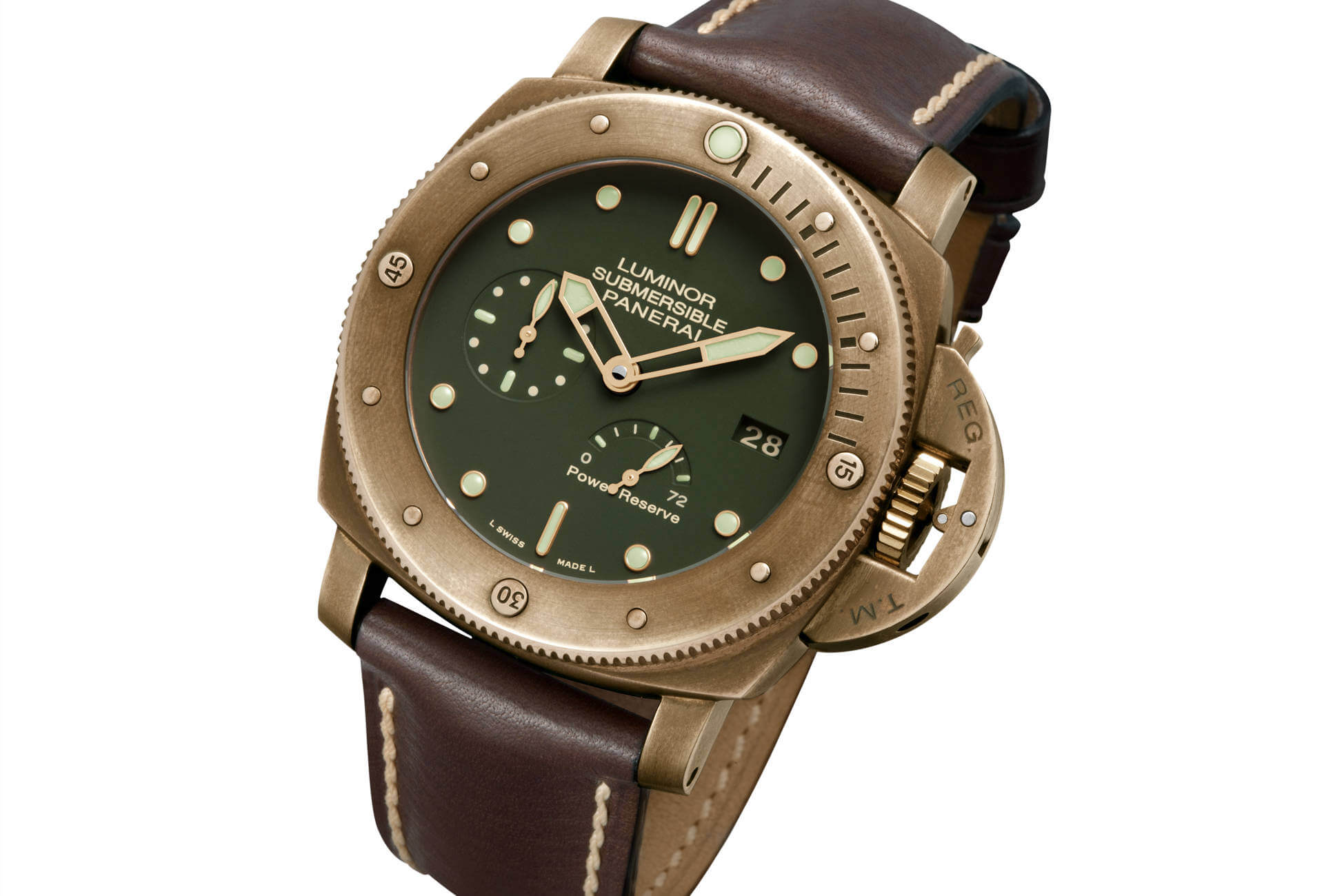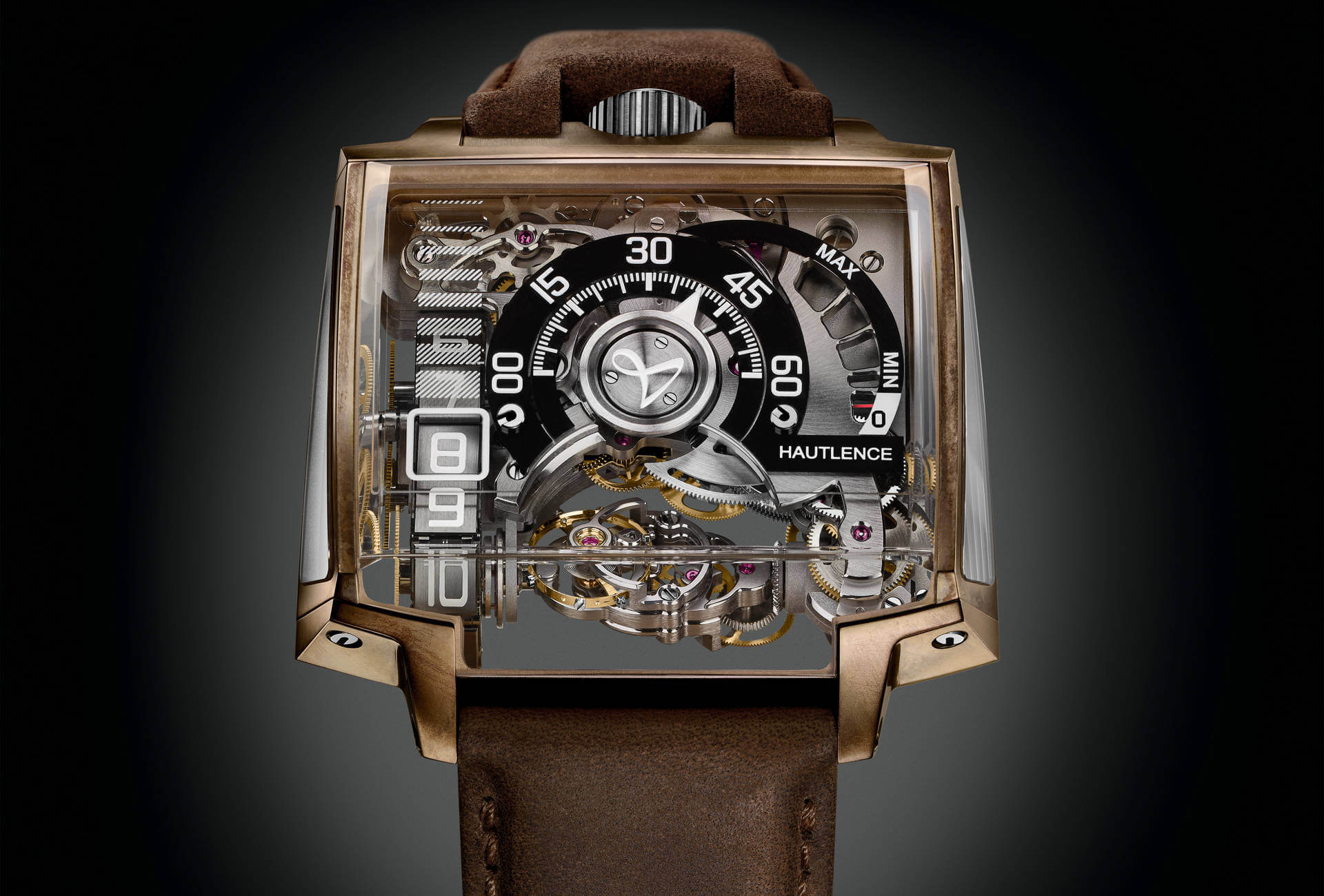The deep-rooted connection between the world of horology and that of exploration is now re-emerging as young travellers shun the sun, sea and sand holidays in search of exploration and adventure. As a recent survey by Topdeck demonstrated, 86% of 18 – 30 year-olds value experiencing new cultures as the most important thing about travelling.
As young people discover this ‘new-fangled’ desire to dive into deep waters, scale mountains and explore the world, luxury fashion labels have been inspired to design travel and explorer-esque fashion ranges – which in turn has carved a path for rugged luxury timepieces to gratify a new market.
Exploring the traveller look
During the 2013 Autumn/Winter Men’s fashion shows, the explorer trend starting building significant traction with parka coats and hiking boots making headlines. During this period, luxury labels such as Louis Vuitton started embracing utility fashion in their collection, while Christopher Raeburn upcycled 1960s military maps for designer coats, and Tommy Hilfiger and Carven offered their take on the Norwegian Setesdal sweater style.
This urban explorer look expanded into women’s fashion circles in the following year, establishing a new fully-formed model for a chic, luxury ‘ruggedness’ which we can expect to continue as fashion experts name the classic aviator-style shearling bomber and the posh puffa jacket as two of Fall 2016’s biggest style symbols.
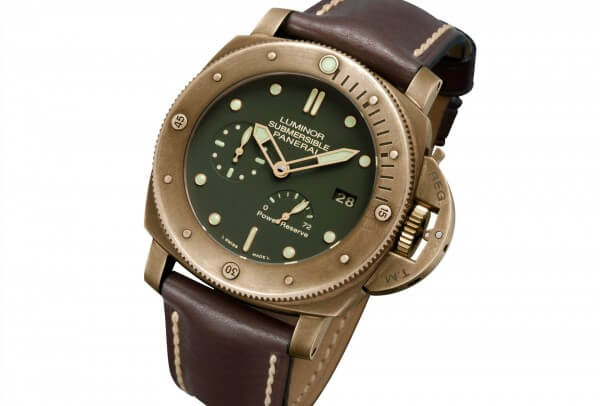
The developing ‘rugged’ watch style
While recently there may have been a greater shift towards minimalism in watch design, many luxury watchmakers still find themselves drawn back to designing tough-as-nails timepieces, aligning with the needs of young, affluent people embracing their inner-traveller instinct – as seen with Richard Mille, Hublot and Audemars Piguet pushing the boundaries of ‘action’ watches in recent years, experimenting with carbon, titanium and special alloys.
From a purely aesthetic point of view though, credit must go to timepieces like Panerai’s new Luminor 1950 3 Days (inspired by the brand ‘40s timepieces which were used by the Italian military), the Zenith El Primero Doublematic and (although some years old now) the Jaeger-LeCoultre Master Compressor Diving Automatic Navy SEALs Watch. They demonstrate how luxury watchmakers are occasionally rejecting ‘glamour’ and ‘glitz’ and instead embracing an authentic military aesthetic – which, in the case of many of these brands, is intrinsically wound in their heritage and identity.
With a slightly ‘shabby-chic’ style becoming the new staple look for young travellers, brands like Panerai and Zenith have established themselves as major players in luxury fashion circles – with people desiring watchmakers to continue with their love affair for danger and daringness by returning to old style cues.
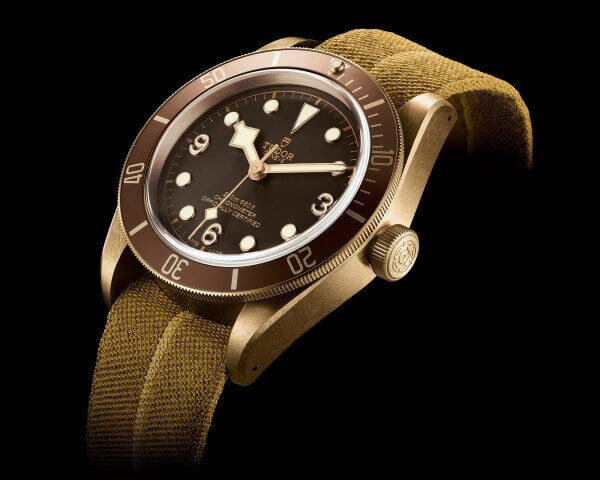
How bronze reflects an embracement of a rugged aesthetic
In many ways, the archetypical rugged watch from 2016 (and for many people one of the trendiest timepieces of the year) is Tudor’s Bronze version of their Heritage Black Bay, which features a weathered brown leather strap and borrows the characteristic angular hands known as “snowflake” from the Tudor watches used by the French Navy in the 1970s. The case is made from a copper-aluminium bronze, which means that it will slowly develop an even layer of patina that gives each timepiece a unique, shabby-chic style.
However, the Tudor Heritage Black Bay Bronze builds on a wider trend in Haute Horology: that of bronze styling in watch design. This was highly prominent at Baselworld earlier this year, with the appearance of new timepieces like the Zenith Pilot Type 20 Extra Special Bronze, Hautlence Vortex Bronze and the Bell & Ross BR01-92 Skull Bronze.
What makes this trend somewhat unique is that bronze is not synonymous with ‘glamour’, and in fact many of the watches that follow the bronze niche are more traditionally ‘masculine’ – integrating almost seamlessly into the concept of ruggedness.
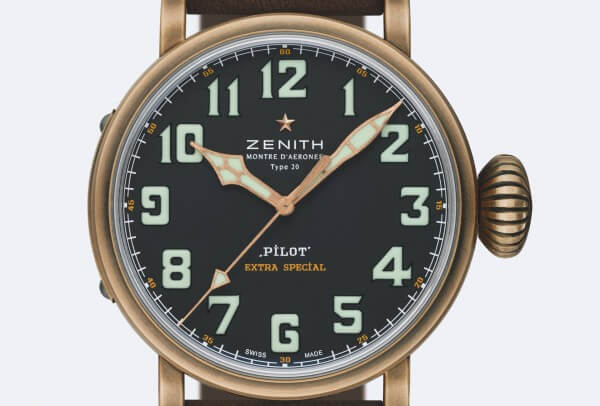
Watches still living on the edge
While in 2016 the watch may not seem as essential a tool as it was for explorer and mountaineer Edmund Hillary as he climbed Mount Everest, there are still many moments in a traveller’s life when a mechanical watch can be pretty handy. As Bremont co-founder Nick English explained to GQ magazine when discussing Ben Saunders testing their Terra Nova in the South Pole, the mechanical watch can still be chosen for purely practical reasons. The South Pole, for example, is “far too cold for any type of battery-operated device”.
Earlier this year, Rolex actually released a new (and improved) version of their Explorer which so famously accompanied Edmund Hillary as he made his ascent of Mount Everest all those years ago. Not that long ago either, we were watching Felix Baumgartner freefall from space wearing a Zenith El Primero Stantos Flyback Striking 10th and, even more recently, reading about Tudor teaming up with round-the-world cyclist James Bowthorpe as he embarked on a solo 300-mile trip from the source of the Hudson River back into New York City.









